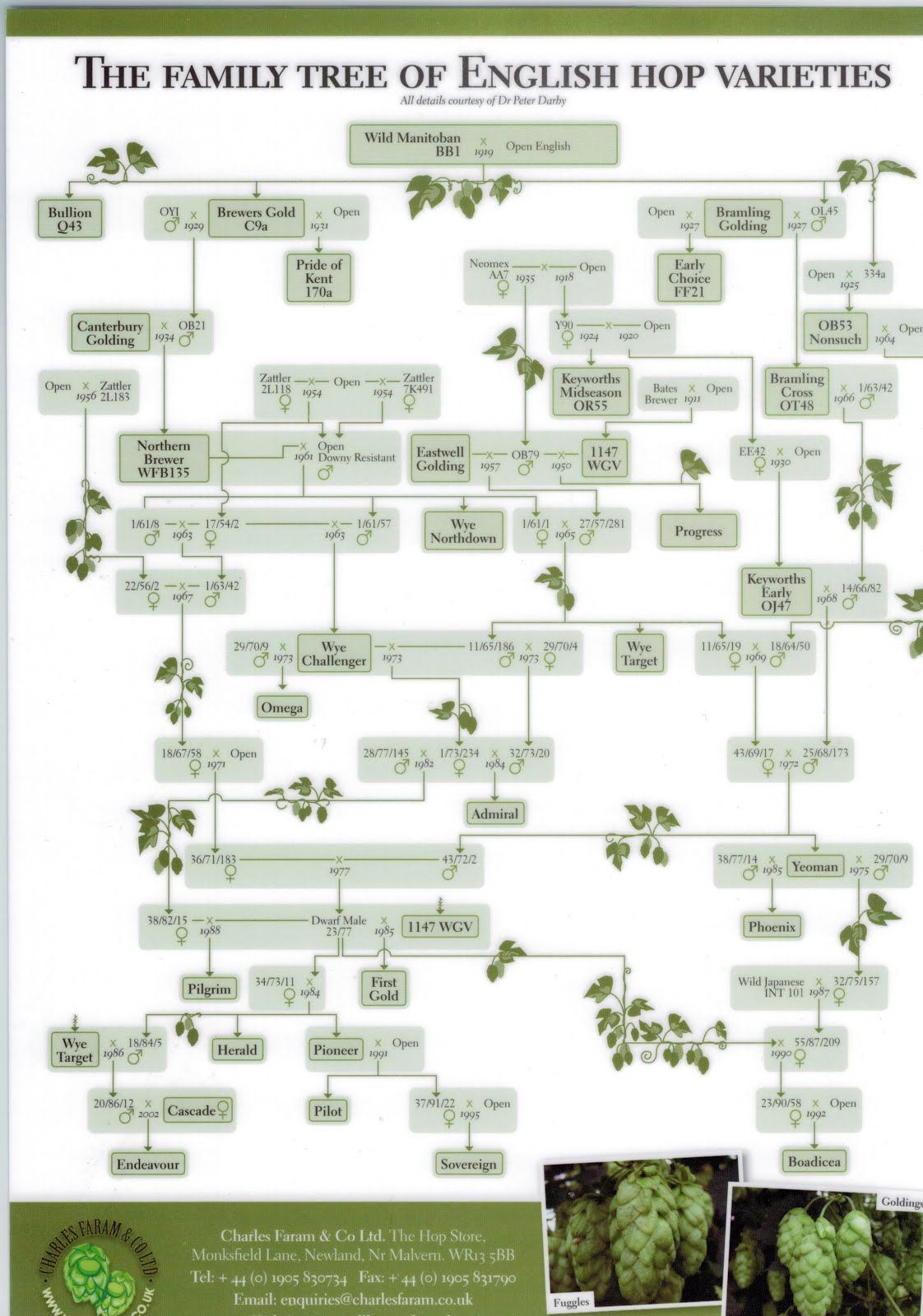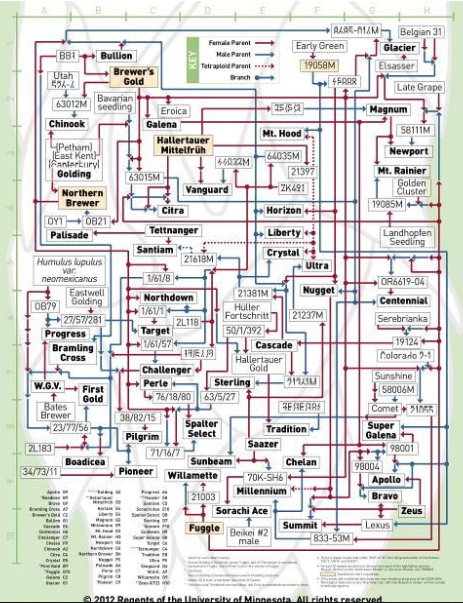You and every hop breeding company in the world!
As has been noted, if other companies breed anything close to the star HBC varieties then it tends to get patented itself, so there's not a lot out there that's similar, unpatented and at all easy to get hold of, such breeding material tends to be held deep in the bowels of the breeding companies as it's the source of their competitive advantage. Most of the "sexy" hops tend to be second-generation ones at least, so you've had one round of breeding and selection to create the mother and father, and then you might be selecting 1 in 10,000 of their offspring, with help from DNA markers and the like to try and reduce the number of plants that must be grown on. It's a complicated job.
If you want to do it yourself, most of the sexy varieties have quite a lot of noble hop in their pedigree, plus typically some high-alpha DNA and a bit of Northern Brewer or other Wye hop for disease resistance. So for instance Citra is the result of incest between two offspring of Mittelfruh from different fathers, with some US Tettnanger (a Fuggle derivative?), Brewer's Gold and Golding in there as well. Galaxy is the daughter of an Australian high-alpha female and a son of Perle, Mosaic the daughter of Simcoe and a son of Nugget.
It looks like Lollihop currently uses Citra, Mosaic and Azacca (formerly known as ADHA 483).
Azacca's grandmothers are Northern Brewer and Summit.
So you've got some work to do. One bright spot is that the patents on both Simcoe and Amarillo are about to expire, which will shake things up a bit. The rules also vary between countries - for instance most of the modern German varieties like Mandarina and Hallertau Blanc
can be bought by homebrewers in Germany, but not outside.




 I feel in the end people helping people is what the world should run on instead we have currency and beer.
I feel in the end people helping people is what the world should run on instead we have currency and beer. 

